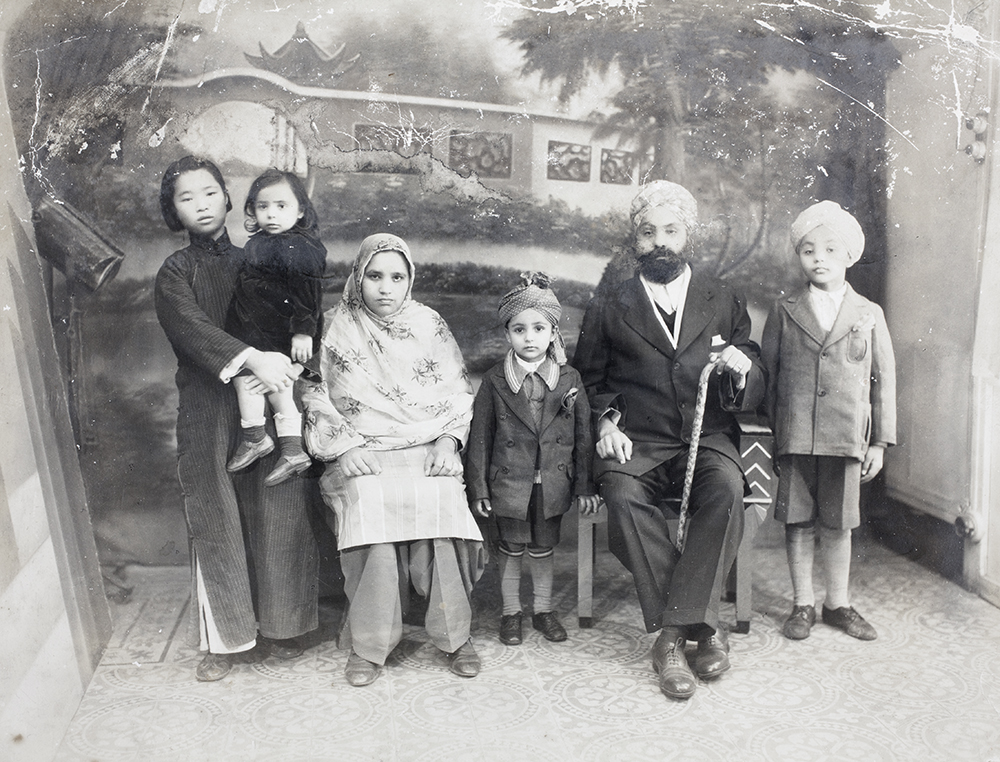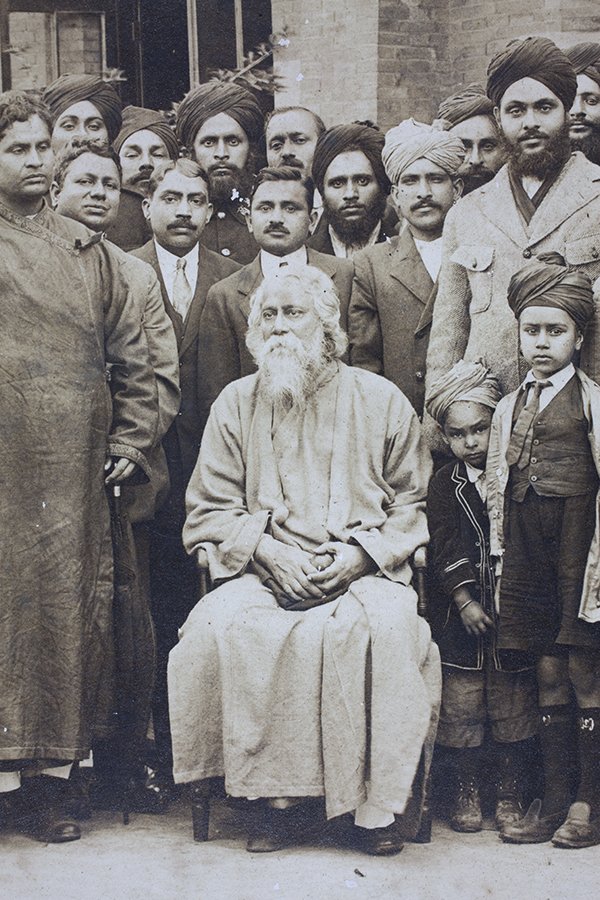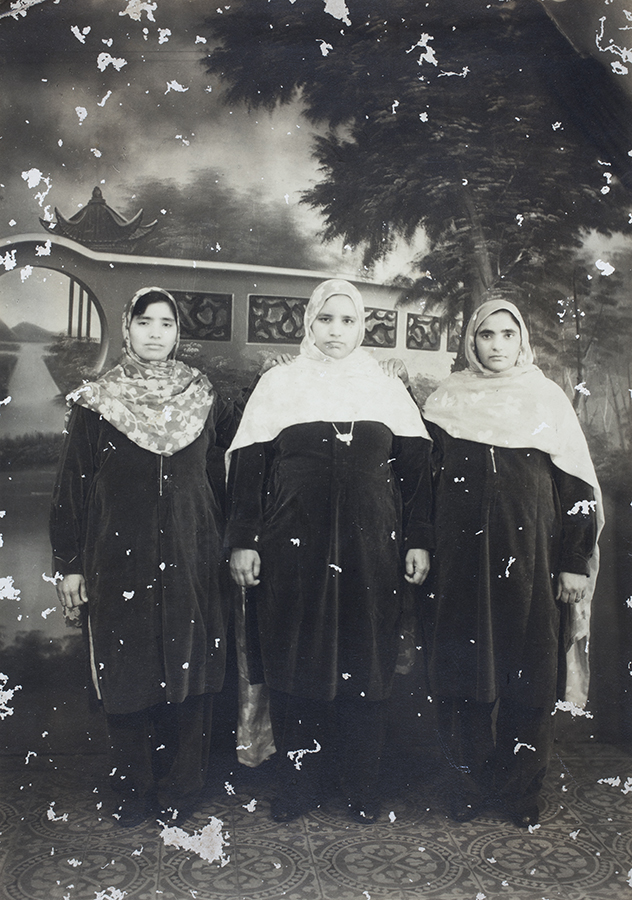
Sangha family group, with amah, 29 November 1936. Photograph by Cardon, Shanghai, 29 November 1939, Ranjit Singh Sangha Collection, Jn-s20.
This small but evocative new collection was sent to us by Jaskaran Sangha, whose grandfather, Kartar Singh lived in Shanghai from 1920 to 1960, where he worked for the Chinese Maritime Custom Service. The set of 47 photographs includes portraits of the Singha family, and servants, Singh and his colleagues in the Customs, friends in the Shanghai Municipal Police, and community events, such as a gathering to mark the visit to the city of Rabindranath Tagore in 1924.

Rabindranath Tagore, the Bengali polymath and poet on a visit to Shanghai, 1920s. Ranjit Singh Sangha Collection, Jn-s42.
Unusually, Kartar Singh did not leave China in the immediate aftermath of the Communist takeover. He continued working for the Customs until 1 November 1952, and then stayed on until 1960. Singh owned property in the city, but the new authorities made it difficult for him to collect rent or sell it. The new courts did not support his efforts to secure redress. He had lived in Shanghai for four decades since he was 21 years old, but finally he decided to leave in 1960, with one of the last groups of Indian residents who left the city. The collection is named for Kartar Singh’s son, Ranjit Singh Sangha, who was born in Shanghai’s French Concession in 1932.

Nachhattar Kaur Sangha, with two other women – a rare photograph of Sikh women in Shanghai. Photograph by Cardon, Shanghai, 1930s. Ranjit Singh Sangha Collection, Jn-s36.
The photographs give a rare flavour of family and community life amongst Sikhs in Shanghai. The usual image of the masculine world of Sikh work in China is tempered here by photographs of Sikh women. There are also shots of a visitor from Kartar Singh’s home district, Maharaja Jagatjit Singh of Kapurthala; of Indian nationalist leader, Subhas Chandra Bose; and of a family friend, Bishan Singh, who joined Bose’s Indian National Army and who fought the British Army in Burma during WW II. Singh was caught and imprisoned in Singapore till India attained independence in 1947.
We are pleased to be able to add to our collection these windows on to a different history of Shanghai. To learn more about the story you can explore Meena Vathyam’s Sikhs in Shanghai blog and Facebook page.
